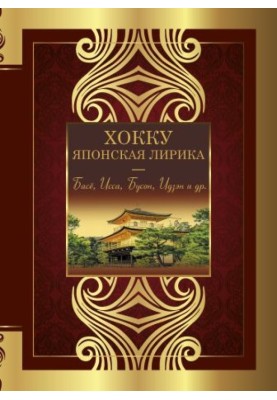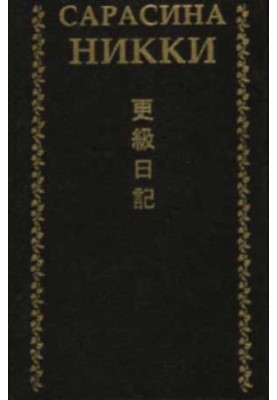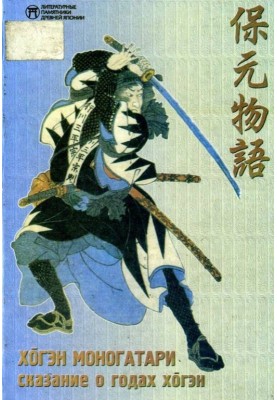New products
New products
Древневосточная literature
-
Historical notes. T. VII....грн95.00 -10% Off грн85.50
The seventh volume of “Historical Notes” continues the translation of the work of the ancient Chinese historian Sima Qian (145-87 BC) into Russian. The volum...
-
Historical notes. T. VIII....грн120.00 -10% Off грн108.00
The eighth volume of “Historical Notes” continues the translation of the work of the ancient Chinese historian Sima Qian (145-87 BC) into Russian. The volume...
-
Historical notes. T. IX....грн120.00 -10% Off грн108.00
The ninth volume of “Historical Notes” completes the publication of the translation of the work of the ancient Chinese historian Sima Qian (145-87 BC) into R...
-
Sun Wukong - Monkey Kingгрн145.00 -10% Off грн130.50
Once upon a time, a Tang monk named Xuanzang went to distant India for sacred books to bring them to his homeland by order of the Buddha himself. His amazing...
-
Kojikiгрн25.00 -10% Off грн22.50
Kojiki or Furukotofumi (Japanese 古事記 (こじき、ふることふみ), “Records of ancient deeds”) is the largest monument of ancient Japanese literature, one of the first writt...
-
Torikaebaya monogatari, or...грн75.00 -10% Off грн67.50
Confusion (Torikaebaya monogatari) is a 12th-century Japanese novel about the life of aristocratic society. The plot of the novel is the birth of a brother a...
-
Haiku. Japanese lyrics....грн150.00 -10% Off грн135.00
Japanese lyrical haiku (haiku) poems are distinguished by their extreme brevity and unique poetics, reflecting in their style the life of nature and man in t...
-
Samurai Code of Honorгрн85.00 -10% Off грн76.50
The book presents the most authoritative texts on the code of honor of the samurai or Bushido (“Way of the Warrior”). The set of rules and regulations that o...
-
Night Owl Weiyang, or Flesh...грн120.00 -10% Off грн108.00
The collection of works by Li Yu, a classic of Chinese literature of the 17th century, prose writer, playwright and theater theorist, includes the novel “Nig...
-
Sarasina Nikki. Lonely moon...грн55.00 -10% Off грн49.50
This is the personal diary of the daughter of an aristocrat and dignitary, Sugawara no Takasue, written by her almost a thousand years ago. It contained almo...
-
Tale of the Hogen Yearsгрн95.00 -10% Off грн85.50
In 1156, three large feudal houses (Fujiwara, Taira and Minamoto) clashed with each other in a struggle for supreme power. The fourth side of the struggle we...
-
Spirit of antiquityгрн120.00 -10% Off грн108.00
For the first time in Russian, literary and interlinear translations of all 59 poems included in the poetic cycle of the great Chinese poet Li Bo (8th centur...
















